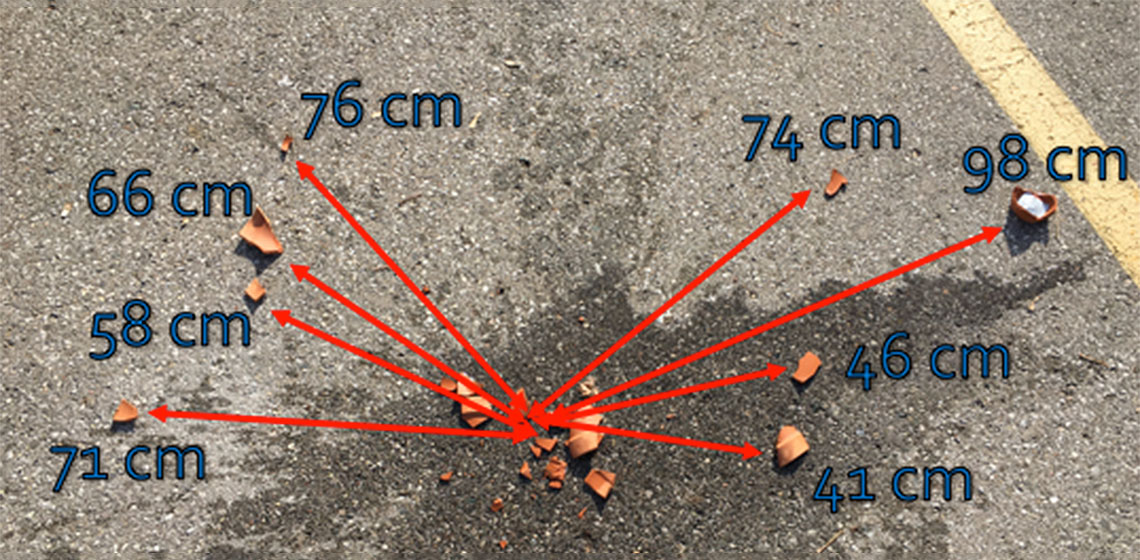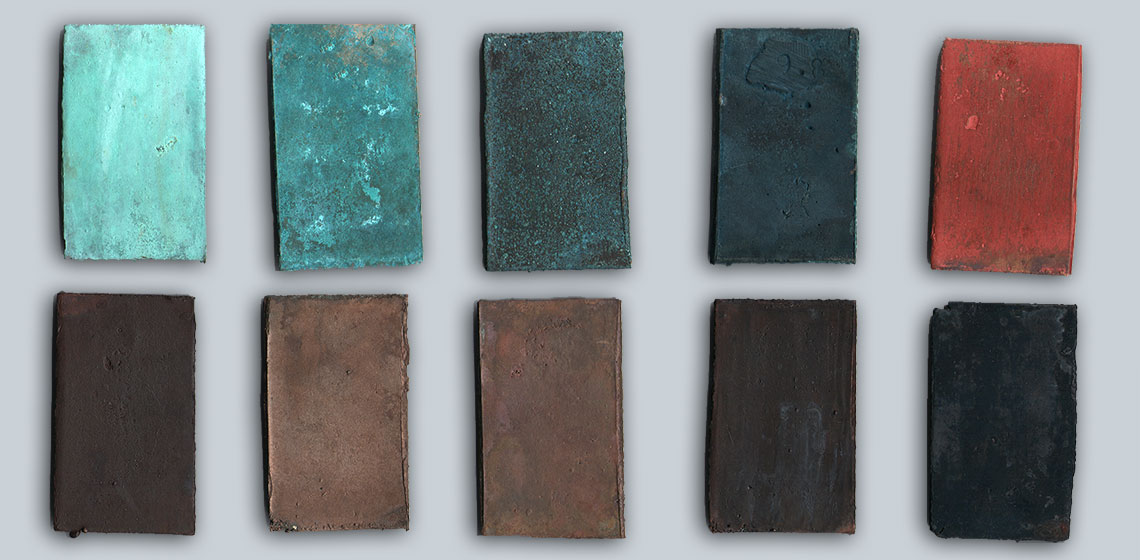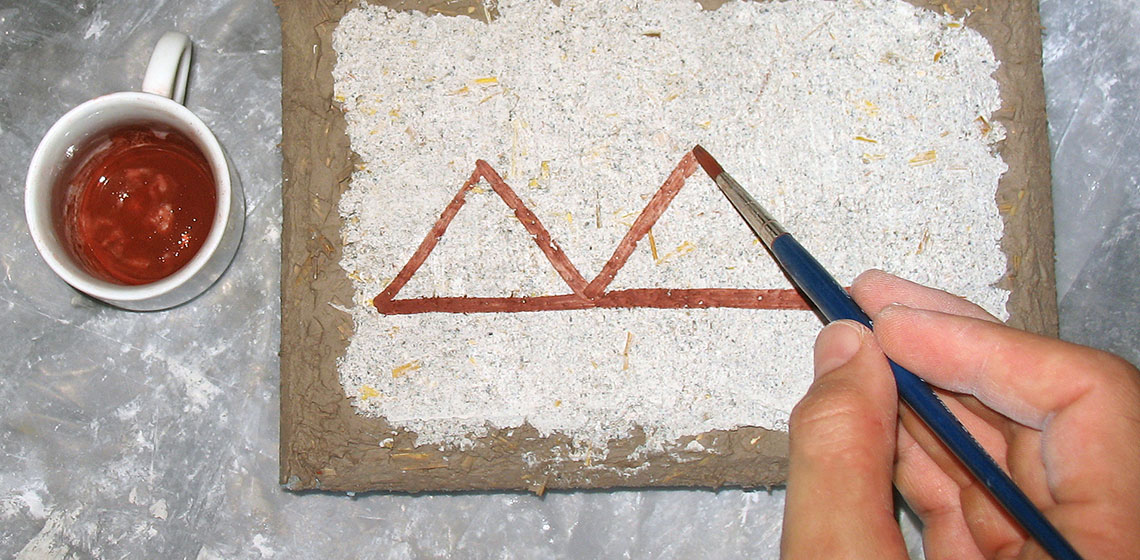Featured in the EXARC Journal
Experimental Archaeology
The Colour Palette of Antique Bronzes: An Experimental Archaeology Project
Painting Bronze Age Plaster from Thebes Boeotia
The premise
The author is currently studying for a PhD in experimental archaeology at the University of the Aegean. The focus of the research involves the recreation of a 4th Century B.C. wall painting (Tomb of Persephone, Vergina) using the same pigments and painting method that was used by the ancient painter. In this project, we sought to identify the painting technique used, and wanted to demonstrate the way in which the wall was painted. The technique that was used in the tomb is a variation of the fresco technique, which is why we examined similar methods.




